Learn How To Specify Current Transformers
Current transformers are used to supply information to the protective relays and/or current, power and energy metering “instruments”. For this purpose they must supply a secondary current proportional to the primary current flowing through them and must be adapted to… Read more
Dec 05, 2015 | By Edvard Csanyi
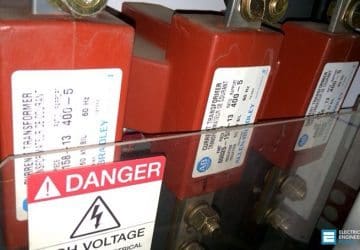
HV/MV/LV Transformer Protection Schemes
Transformer protection should take into account the power, voltage, vector group and the importance of the unit within a particular system. Depending on these factors, the transformers can be assigned to one of the two general groups. Let’s see these… Read more
Nov 28, 2015 | By Edvard Csanyi

Automatic transfer system explained in detail (operational requirements)
In a previous article I explained the role of the automatic transfer system and the operational requirements – three modes of operation: manual mode, automatic mode, and auto mode failure. Now let’s cover the following topics and try to explain the concept… Read more
Nov 21, 2015 | By Edvard Csanyi
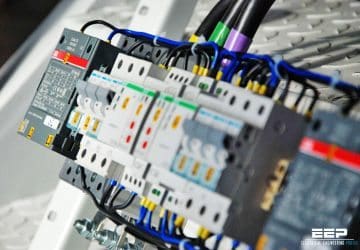
Automatic Transfer System (ATS) Explained in Details
Using the basic building blocks of utility power, system topology, on-site generation, and uninterruptible power supplies, the basic role of the automatic transfer system may now be defined. In this role, the Automatic Transfer System must display the following characteristics:… Read more
Nov 20, 2015 | By Edvard Csanyi

Secondary Distribution Networks In Urban Areas
A high level of interconnection, either ring or mesh, to ensure a high degree of availability of supply to the consumer, characterises secondary distribution networks in urban areas. Domestic, industrial and commercial consumers will suffer great inconvenience through only a… Read more
Nov 04, 2015 | By Edvard Csanyi

Protection of A.C. Electrified Railways
Many regional, urban and high-speed inter-urban rail networks worldwide are electrified, to provide the motive power for trains (Figure 1). The electrification system serves as the contact interface for current collection by each train, and in A.C. electrified railways as… Read more
Oct 30, 2015 | By Edvard Csanyi

6 Voltages a Person Can Be Exposed To In a Substation
Figures 1 and 2 show the voltages a person can be exposed to in a substation. There are many definitions related to these voltages, but the following six are the most important. These definitions are: Ground potential rise (GPR) Mesh… Read more
Oct 09, 2015 | By Edvard Csanyi

Surge Protective Devices In TN Systems (Guide For Low Voltage Electricians)
For “protection against electric shock under fault conditions“ in TN systems, overcurrent and residual current devices have been approved. For the use of surge protective devices (SPDs) this means that these protective devices may only be arranged downstream of the… Read more
Sep 25, 2015 | By Edvard Csanyi

4 Factors To Consider When Selecting a Sectionalizer
Sectionalizers are (beside overcurrent relays, reclosers and fuses) one of the most used for distribution system protection. A sectionalizer is a device that automatically isolates faulted sections of a distribution circuit once an upstream breaker or recloser has interrupted the… Read more
Sep 16, 2015 | By Edvard Csanyi
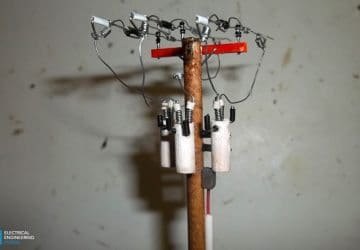
The Basics of Electrical Bus Protections
When we examine electrical protection schemes, the best place to start is with electrical bus protections, as they are the easiest to protect. They utilize the fundamental concept of the overcurrent relay (Figure 1). An overcurrent relay is an electromagnetic device in which current in… Read more
Sep 05, 2015 | By Edvard Csanyi

Things About MCBs That Every Low Voltage Electrician Should Know
Miniature circuit breaker – MCB is a thermo-magnetic device, meaning that it has two methods of circuit interruption. A thermal mechanism, usually a bi-metallic strip, provides protection against moderate overcurrent. The heating action of the current causes the bi-metallic strip… Read more
Aug 22, 2015 | By Edvard Csanyi

Medium Voltage Earthing Systems – Arrangements and Comparison
First, let’s define the different medium voltage earthing systems and then compare the advantages and disadvantages of each one. Earthing systems in medium voltage can be differentiated according to the neutral point connection method. The various earthing systems in medium… Read more
Jul 03, 2015 | By Edvard Csanyi
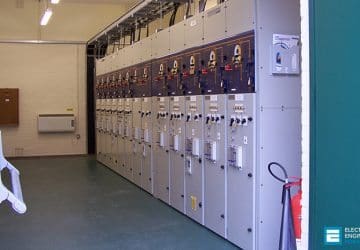
How to achieve selective coordination of circuit breakers
Selective coordination is often referred to simply as coordination. Coordination is defined in NEC® 240.2 as: “The proper localization of a fault condition to restrict outages to the equipment affected, accomplished by the choice of selective fault-protective devices.” It is… Read more
Jun 08, 2015 | By Edvard Csanyi
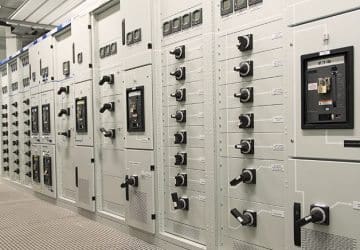
The Philosophy Of Breaker Failure Protection
The separation of equipment into zones will only work successfully if the outputs of the protections can be guaranteed to do their job. This makes logical sense. For the bus protection in Figure 1 for example, the breakers X and… Read more
May 29, 2015 | By Edvard Csanyi
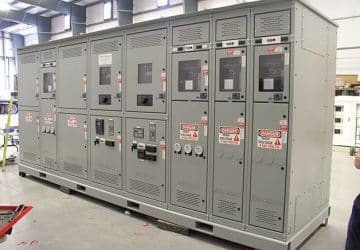
Current and voltage sensors as an alternative to traditional CTs and VTs
As an alternative for traditional primary current and voltage measurement techniques, the use of sensor technique is gaining field. This technique is typically applied to current and voltage measurement in medium-voltage metal-enclosed indoor switchgear. There are many undeniable advantages with… Read more
May 25, 2015 | By Edvard Csanyi


